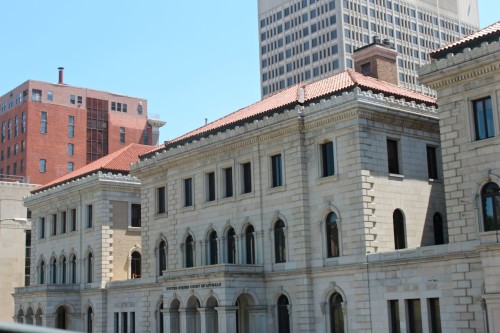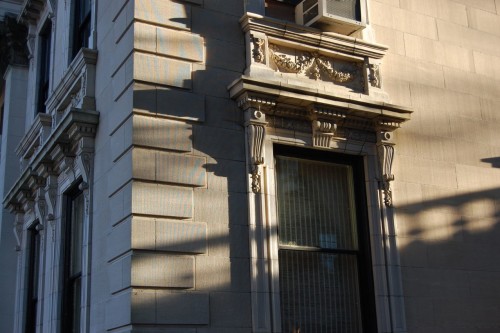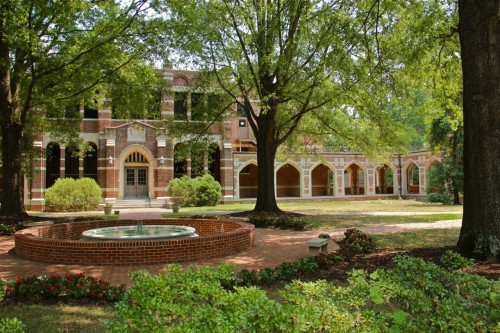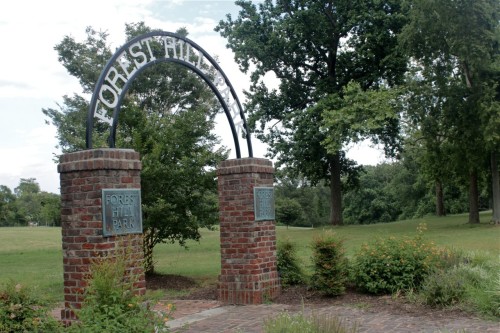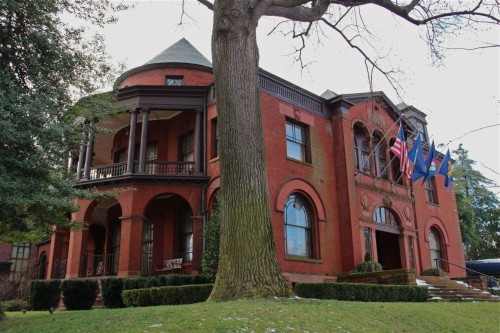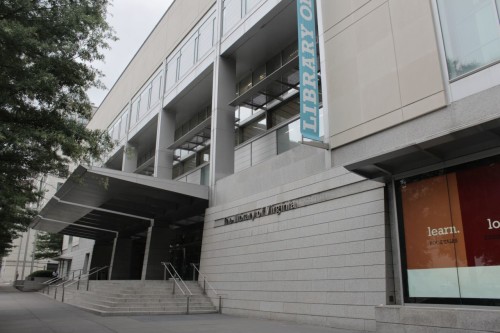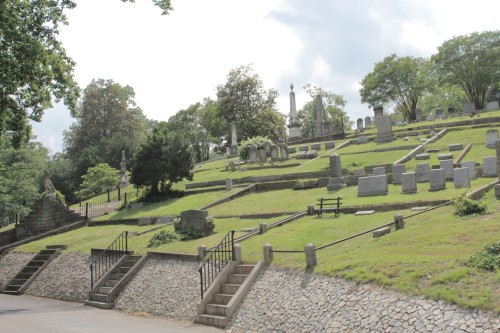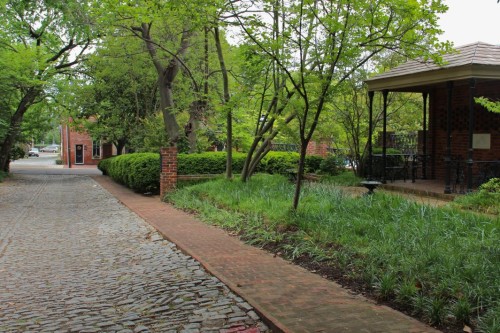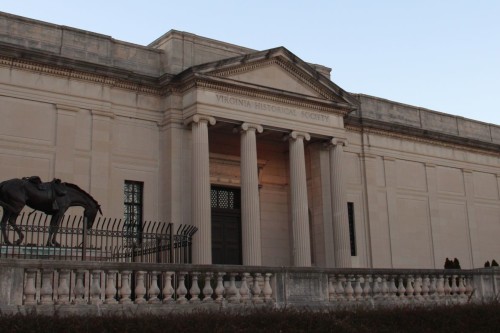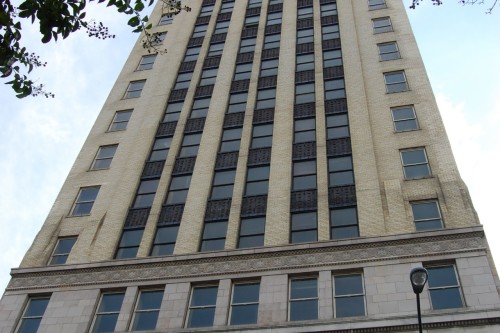Lewis F. Powell, Jr. United States Courthouse
Architect: Ammi B. Young; renovations and additions by Mifflin E. Bell, James Knox Taylor, James A. Wetmore Dates: 1858; renovations and additions in 1889, 1912, 1932 Address: 1000 E. Main St Originally used as the Customs House and Post Office of Richmond, the Lewis F Powell Jr. Courthouse occupies half of a block downtown, directly …

